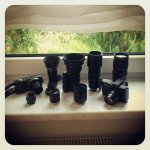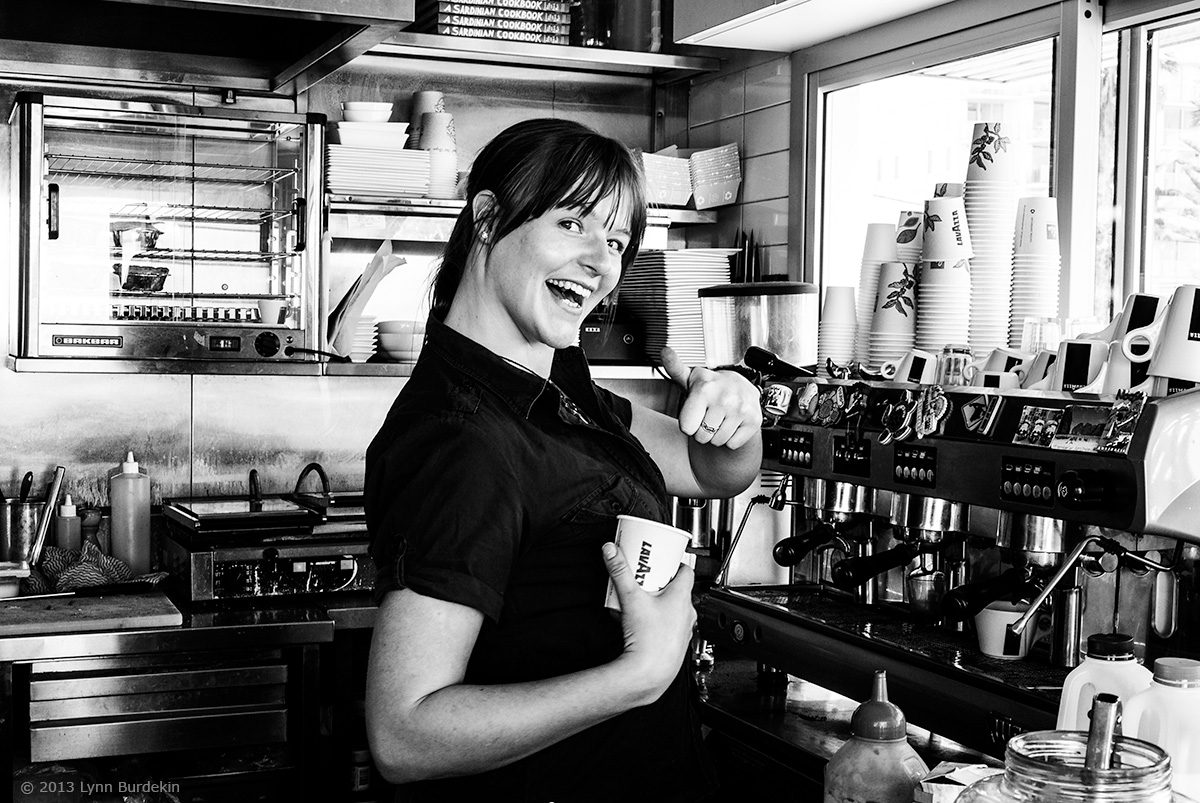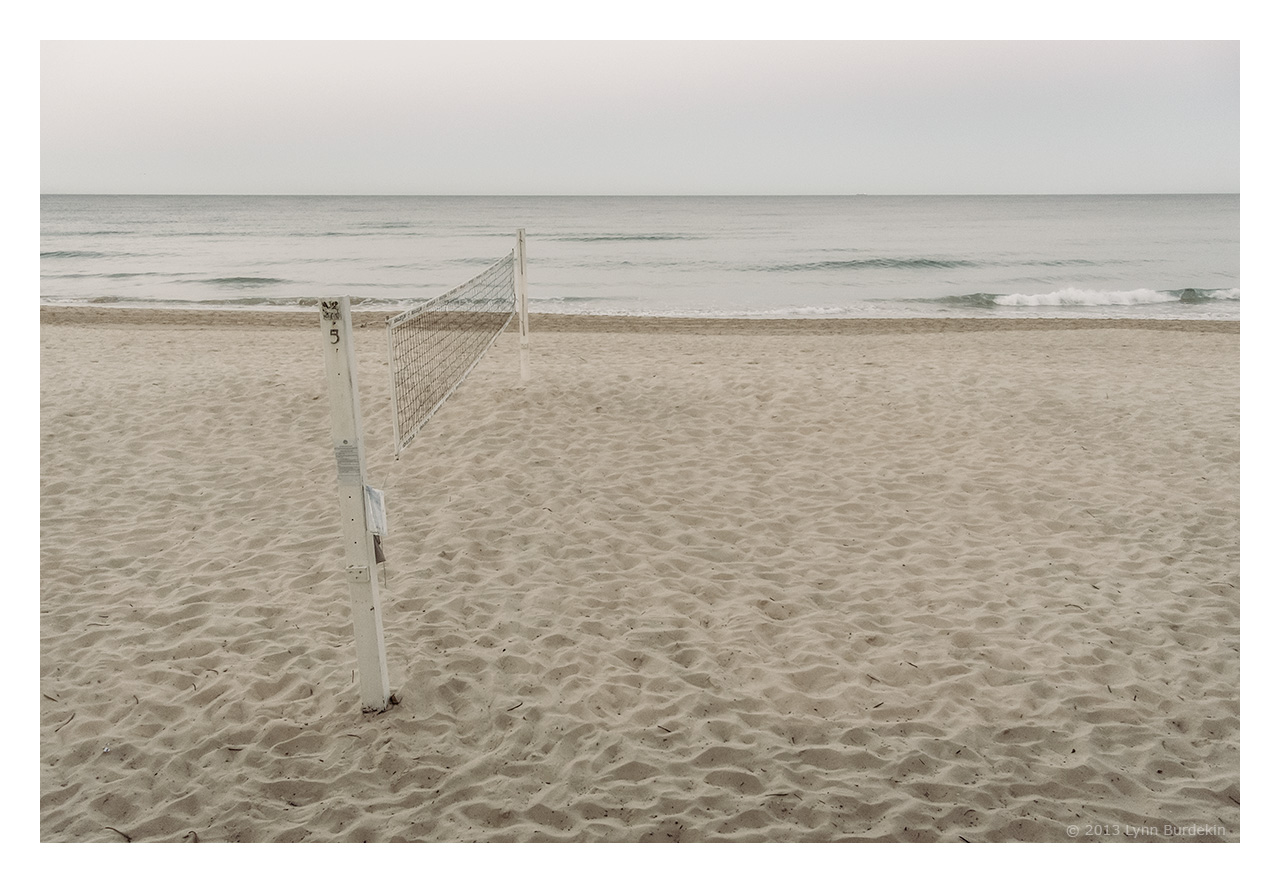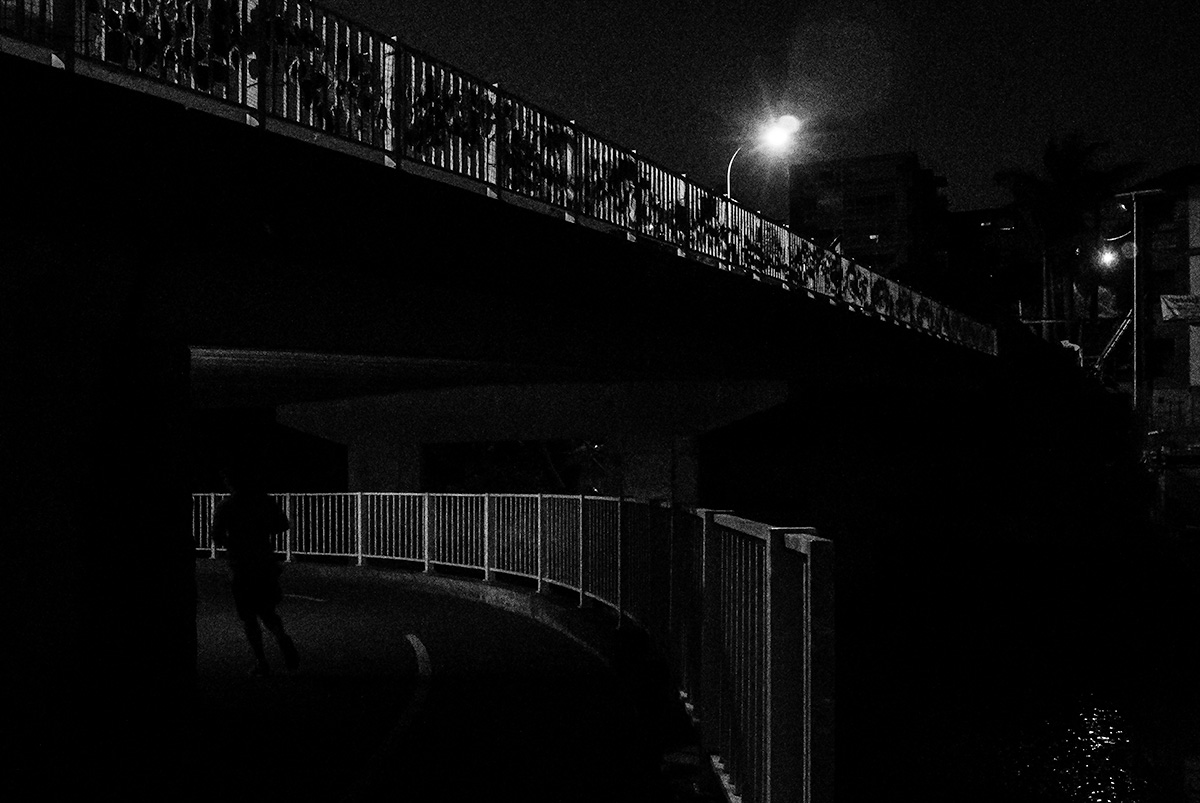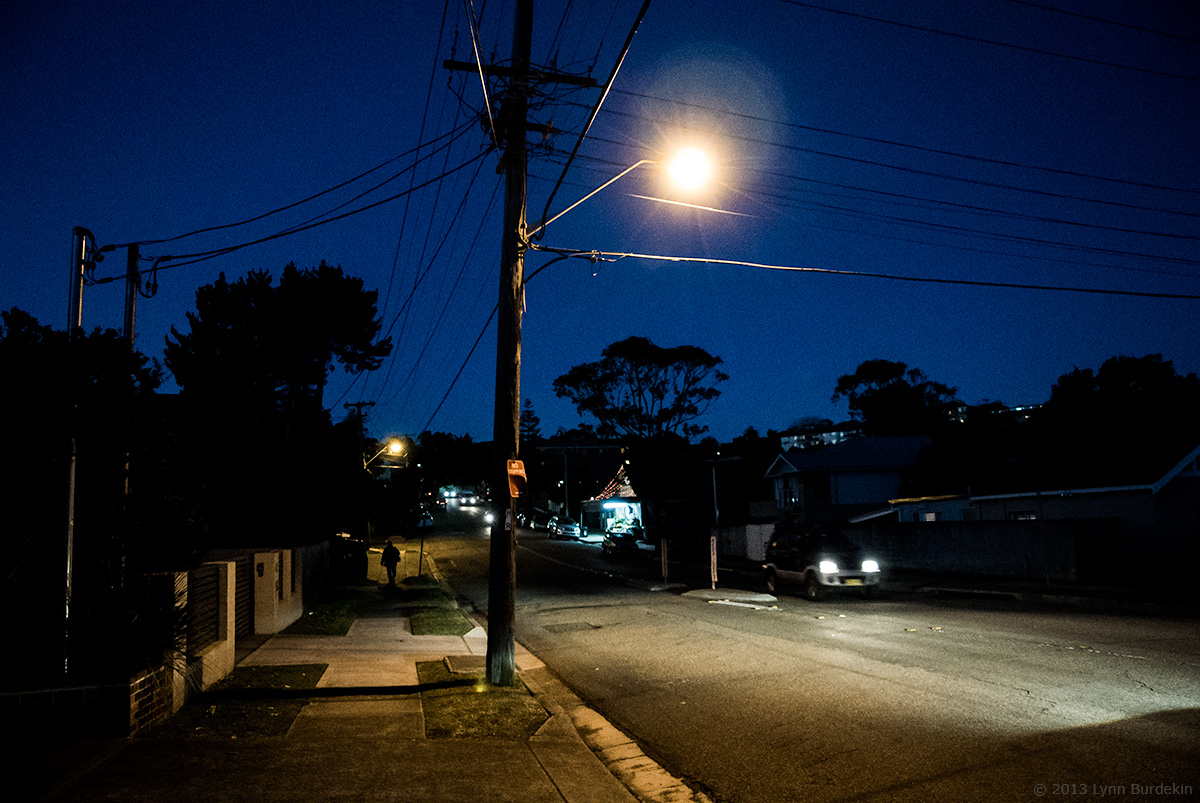Kent
Finally at home...
We all know of that ongoing discussion about the smallish sensor of the Nikon 1 system.
I think that Nikon has done a pretty good job optimizing the capabilities and image qualities of that sensor.
Yes, it has it's drawbacks, a narrow DoF is hardly possible for example.
But that rather small sensor offers possibilities which a camera with a bigger sensor doesn't: you can use more c-mount lenses.
I just got a bunch of those. The next weeks will be fun. 😉
I think that Nikon has done a pretty good job optimizing the capabilities and image qualities of that sensor.
Yes, it has it's drawbacks, a narrow DoF is hardly possible for example.
But that rather small sensor offers possibilities which a camera with a bigger sensor doesn't: you can use more c-mount lenses.
I just got a bunch of those. The next weeks will be fun. 😉


